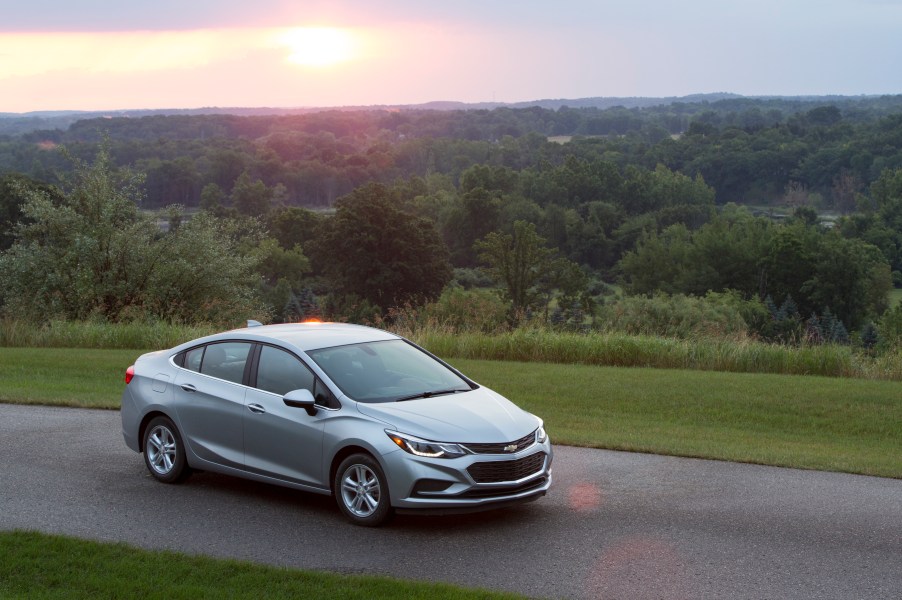
Here’s How Auto Makers Are Giving Cars Better Fuel Economy
When you’re making a list of what you want from your next car, chances are you car a lot about fuel economy. Whether you want something responsible or with an impressive range, the average consumer cares about their gas mileage. Obviously, for sports car fanatics, that isn’t always the case, but that isn’t the point here. Every year we see better cars with more safety features, more technology, and more luxury, but something else has also happened in the auto industry. Car manufactures have been working on new ways to provide cars with better and better fuel economy. It takes more than just a little luck though.
Skip the gimmicks
Providing better fuel economy isn’t as simple as it sounds. There are a lot of gimmicks on the market that make it sound like your car will provide you better fuel economy, that doesn’t actually do much. Technology that cuts your engine off when idling at a stoplight is popular, but it does very little to minimize your vehicle’s fuel consumption. These features might sound cool and useful, but in real-world applications, they don’t work as well as we might hope.

Replacement for displacement
There has to be a happy balance when optimizing a car’s fuel economy. You want to provide a car that will get as many miles to the gallon as possible, but you don’t want to sacrifice an enjoyable driving experience. This is where the newest trends in engineering are applied, and they are becoming more and more popular.
Large displacement fanatics might be disappointed to see less and less V8 and V10 engines hit the market. If you’re part of this club, you probably believe that there is no replacement for displacement. While you might never change the mind of a displacement-purist, there are a lot of ways manufacturers are able to create smaller engines that provide an enjoyable acceleration without chugging down gasoline as larger engines do.

Engineering to ‘boost’ your mood
You may never have imagined being happy driving a 4-cylinder or 6-cylinder engine, but the popularity of naturally aspirated engines is declining, and that might be OK. It has become more and more common to see smaller displacement engines with some form of forced injection. Superchargers and turbochargers are two great ways that manufacturers are able to help produce vehicles with better fuel economy.
The addition of a supercharger or turbocharger is what provides a lot of consumer cars with a fun driving experience. Attached to a smaller displacement engine, these forms of forced induction help to give the car a little bit more pep, and it’s enough to keep consumers happy. Because they improve the performance of smaller displacement engines, owners are still happy with their cars without having the gas-guzzling V8 — don’t worry, we still love V8 engines here.

Then, of course, there is a lot of time, money, and energy that goes into revamping the internal components of engines to make them more efficient overall. That’s why companies like Koenigsegg have been able to produce a 3-cylinder engine with 600hp. The future of cars might eventually be electric, but for the near future, forced-induction small displacement motors keep our spirits up, and our gasoline budgets down.


